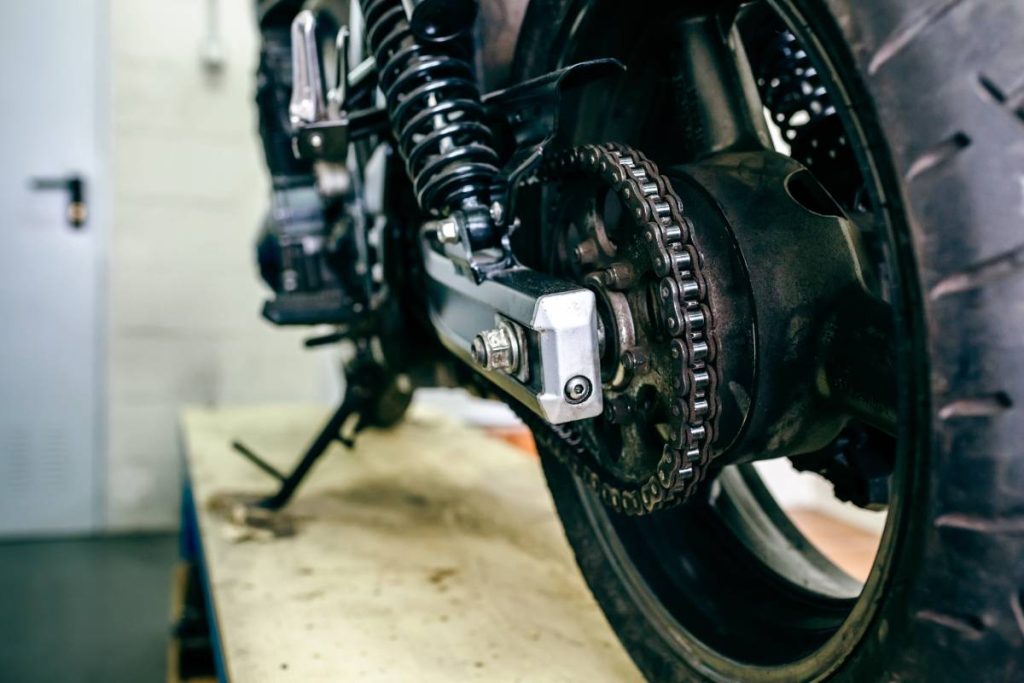
Belt Drive vs. Chain Drive: Which is Better?
When it comes to mechanical power transmission, belt drives and chain drives are two of the most commonly used systems. Both methods are widely employed in various industries, from bicycles and motorcycles to industrial machinery and conveyors. Choosing the right drive system depends on multiple factors, including efficiency, maintenance, cost, and application suitability.
This article explores the differences between belt drives and chain drives, highlighting their advantages and disadvantages to help determine which is better for different needs.
- The Advantages of Buying Car Parts Through a Specialist Dealer
- As if 4×4’s Weren’t Cool Enough – Install a Fridge in Yours!
Understanding Belt Drives
A belt drive is a power transmission system that uses flexible belts made from materials such as rubber, polyurethane, or fabric-reinforced composites. These belts run over pulleys to transfer power between rotating shafts.
Advantages of Belt Drives
- Smooth and Quiet Operation: Belt drives operate with minimal noise and vibration, making them ideal for applications where noise reduction is crucial, such as in home appliances and certain industrial machines.
- Lower Maintenance Requirements: Belts require less lubrication compared to chains, reducing the frequency of maintenance.
- Shock Absorption: The elasticity of belts helps absorb shocks and vibrations, reducing wear and tear on machinery components.
- Cost-Effective: Belts are generally more affordable and easier to replace than chains.
- Flexibility in Design: Belt drives can be used over long distances and allow for non-parallel shaft positioning, offering greater flexibility in machine design.
Disadvantages of Belt Drives
- Slippage and Reduced Efficiency: Belts can slip under heavy loads, leading to energy loss and reduced efficiency.
- Shorter Lifespan: Compared to chains, belts wear out faster and may require more frequent replacements.
- Limited Power Transmission: Belt drives are not suitable for very high-torque applications, as they may stretch or break under extreme loads.
- Affected by Temperature and Moisture: Belts can degrade over time due to heat, moisture, and chemical exposure.

Understanding Chain Drives
A chain drive system uses metal chains that interlock with sprockets to transmit power between shafts. Chain drives are widely used in bicycles, motorcycles, conveyors, and heavy-duty industrial applications.
Advantages of Chain Drives
- Higher Efficiency: Chain drives do not slip like belts, ensuring efficient power transmission.
- Greater Durability: Made of metal, chains last longer than belts and can withstand heavy loads.
- Compact Design: Chain drives require less space compared to belt drives, making them ideal for compact machinery.
- Handles High Torque Applications: Chains can handle greater loads without stretching, making them suitable for heavy-duty applications.
- Less Affected by Environmental Conditions: Chains are more resistant to temperature fluctuations and moisture than belts.
Disadvantages of Chain Drives
- Higher Maintenance Requirements: Chains require regular lubrication and tension adjustments to maintain optimal performance.
- Noisy Operation: Chain drives generate more noise and vibration compared to belt drives.
- More Expensive Initial Cost: While chains last longer, their initial cost and maintenance expenses can be higher than belts.
- Limited Flexibility: Chains require precise alignment and do not allow for long-distance power transmission like belts do.
Belt Drive vs. Chain Drive: A Head-to-Head Comparison
| Feature | Belt Drive | Chain Drive |
|---|---|---|
| Efficiency | Lower due to slippage | Higher due to firm engagement |
| Durability | Shorter lifespan | Longer lifespan |
| Maintenance | Low, minimal lubrication | High, requires lubrication and tensioning |
| Noise Level | Quiet operation | Noisy, requires dampening solutions |
| Cost | Lower initial cost | Higher initial cost but longer-lasting |
| Load Capacity | Limited for high torque | Handles heavy loads effectively |
| Flexibility | Can accommodate long distances and misalignment | Requires precise alignment |

Which is Better?
The answer depends on the specific application and priorities.
When to Choose Belt Drive
- If noise reduction is a priority: Applications such as household appliances, HVAC systems, and some industrial machines benefit from the quiet operation of belt drives.
- If low maintenance is needed: In scenarios where frequent lubrication and tensioning are impractical, belt drives are a better choice.
- For flexible designs: If power needs to be transmitted over longer distances or between non-parallel shafts, belts offer superior flexibility.
- For cost-sensitive applications: Where lower initial cost is preferred, belt drives provide an economical solution.
When to Choose Chain Drive
- For high torque applications: Heavy machinery, motorcycles, and bicycles require chain drives for their durability and power-handling capability.
- If efficiency is critical: Where energy loss needs to be minimized, such as in industrial machinery and conveyors, chain drives are preferable.
- For durability and longevity: If the application involves harsh environments or high loads, chains outperform belts in terms of lifespan.
- For compact systems: When space constraints limit the available room for a drive system, chains provide a more compact solution.
Conclusion
Both belt drives and chain drives have their distinct advantages and disadvantages. The best choice depends on the specific application and operational priorities. Belt drives excel in noise reduction, lower maintenance, and cost-effectiveness, while chain drives provide superior durability, efficiency, and load capacity.
For light-duty and cost-conscious applications, belt drives are a great choice. However, when dealing with high-torque, heavy-load situations where efficiency and durability are critical, chain drives are the better option. By considering the specific needs of an application, one can make an informed decision on which drive system will provide optimal performance and longevity.